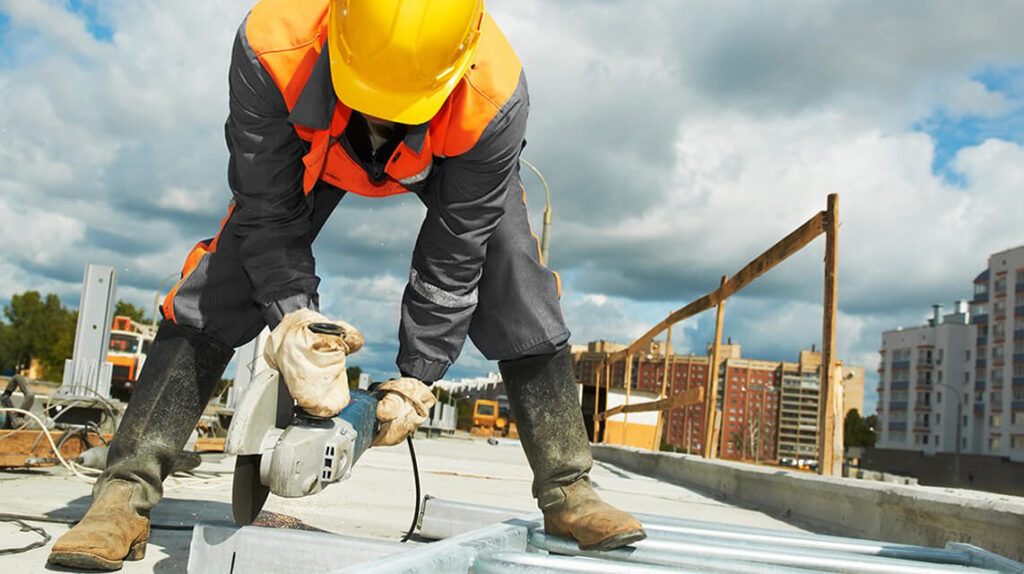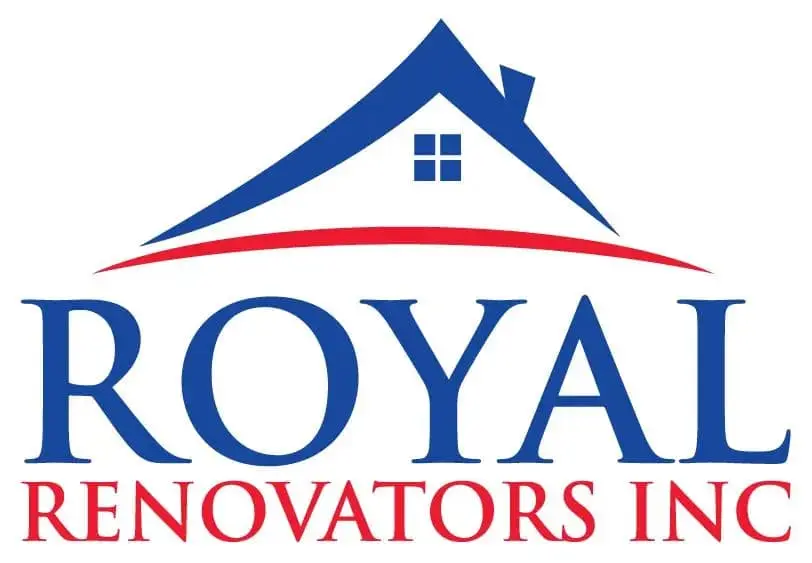What Is The Best Material For My Flat Roof?

Flat roofs are creating big waves in the roofing industry. Nearly all modern business establishments in NYC have a flat roof, either for the whole building or a segment of the building. And thanks to technological advancements with Single-ply roofing (TPO, EPDM, and PVC), flat roofs are now moving to residential homes.
There are different flat roofing materials out there. But not all of them are best for your home. So how can you tell which is suitable for your home? Although having your local flat roof contractor help you make a choice may sound like the best thing to do. It will be of immense benefit to you if you know a little about different flat roofing materials. So when looking for the best materials for your next flat roof, here are some options to consider.
Modified Bitumen
Modified bitumen is a black-top-based flat roofing material adjusted with uncommon polymers to build flexibility and execution. This flat roofing material comes in rolls that comprise a smooth or granulated surfacing complete and can be hot-applied, cold-applied, or self-applied
It is one of the most used materials in commercial roofing. It has fewer crinkles and provides a surface that can deal with moderate water shedding. That is water that takes more time to drain. It even comes in different shadings to supplement black-top roof singles.
Modified bitumen roofs are slightly costlier than some commercial roofing materials. However, it can last for up to 15 to 20 years. In addition, they are strong and energy-effective, fit for areas with high-temperature changes and lessening the progression of warmth on roof layers.
Single-Ply Roofing (TPO, PVC, and EPDM)
Single-ply roofing comprises of,
EPDM
TPO
PVC
These materials represent massive progress in the roofing industry. Each of these phenomenal flat roofing materials has unique qualities. And they can be more robust and better if produced by the right company.
EPDM: Ethylene propylene diene terpolymer is a manufactured elastic material mostly installed as flat roofs. It’s a stretchy material that has acquired a standing as a flexible and viable material arrangement. They are mostly dark in color, but white EPDMs also exist. Black EPDM can assimilate more warmth. However, they are less energy-efficient than their white siblings.
EPDM flat roof materials are impermeable, lightweight, and solid. They have a life expectancy of about 20 – 30 years. In comparison with other flat roofing materials, they are more easy and simple to maintain. Even though it has so many advantages, EPDM isn’t appropriate for all business material climates. It’s inclined to shrinkage and penetrates with time.
PVC: In recent years, PVC has become much more regular on flat commercial roofs. It has a white color, heat-welded installation, thermoplastic material framework, etc.
PVC (polyvinyl chloride) is a solid material item with a life expectancy of around 20 years. PVC is water and heatproof. It can withstand a tremendous breeze. However, it is costlier than both TPO and EPDM.
TPO: TPO comprises a blend of polyolefin, glass, and elastic. It is a solitary employed material framework. It can be broad or thick, depending on the situation. It also limits cracks and expands protection from cuts or punctures. TPO’s are heat welded to guarantee their solidarity and perseverance.
TPO is a versatile material and can withstand the elements for 10-25 years. It’s more affordable than PVC and is moderately simple to install and maintain. TPO has just been around since the mid-’90s, so there’s little care about the drawn-out impacts this framework gives.
If you need a flat roof replacement, TPO is worth considering. With TPO, your roof will have a more extended life expectancy, require less support, and diminish heat move with its high reflectivity.
On the other end, the difference in the quality of TPO materials in the market has been a source of concern. While this is greatly attributed to the manufacturers, you can still get the best available material for your flat roof. It’s advisable to leave the job of shopping for a TPO to your local roofer.
Built-Up Roofs
Built-up roofs, also known as BUR, have been around for quite a while—more than 120 years. They are possibly the most widely recognized kinds of frameworks used in business and mechanical materials. Built-up roofs have a few substituting layers of bitumen (black-top), building up textures (handle sheets), and finished with a top layer of rocks, slag, or mineral granules.
Generally, built-up roof developments have a life expectancy of 15-30 years. They usually require little support and give excellent UV and waterproofing insurance. The total top layer of a developed framework is likewise heatproof and has a good design.
Compared to other flat roof frameworks, built-up roofs are more costly and takes more time to install. They are prone to water and wind damage.
So, What Is The Best Flat Roofing Material For Me?
All these flat roofing materials are reliable to give you exceptional protection from the elements and improve the resale value of your home. However, they have their strength and weaknesses. To make a choice, you need to sit down and evaluate your options. And remember, if you end up with the wrong choice, you’ll spend more on maintenance in the long run.
Of course, while it’s great to do your homework, you’ll also be needing help from a professional flat roofing contractor near you. Your local flat roofing contractor will not only offer you advice on the best roofing materials or install them for you. He will tell you how best to go about with the maintenance.
For more inquiries on flat roofing materials for your home or to get a free estimate, reach out to us at 118-35 Queens Blvd, Forest Hills, NY 11375, (718) 414-6067 https://www.nycrenovators.com/.
